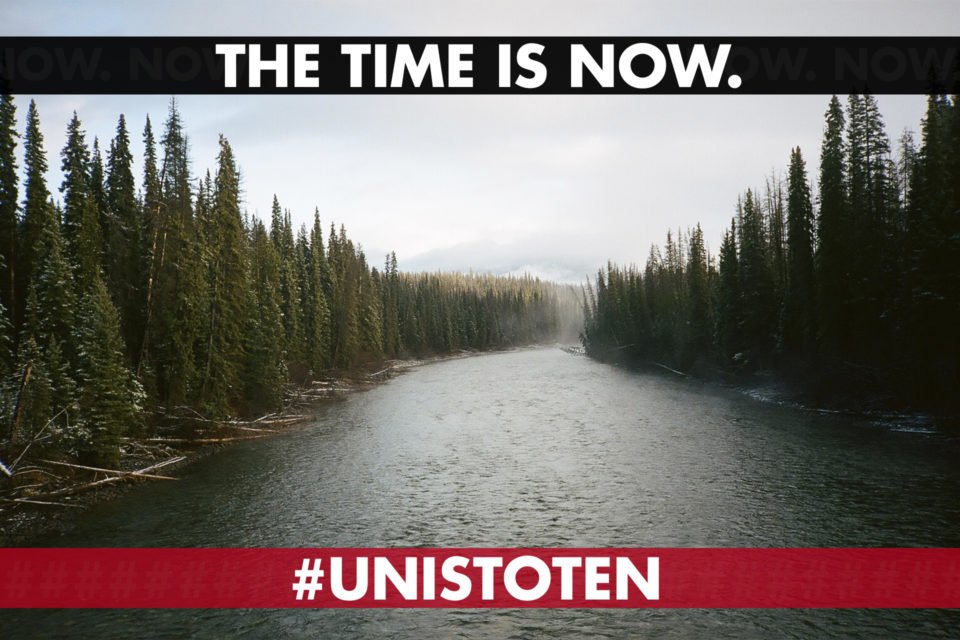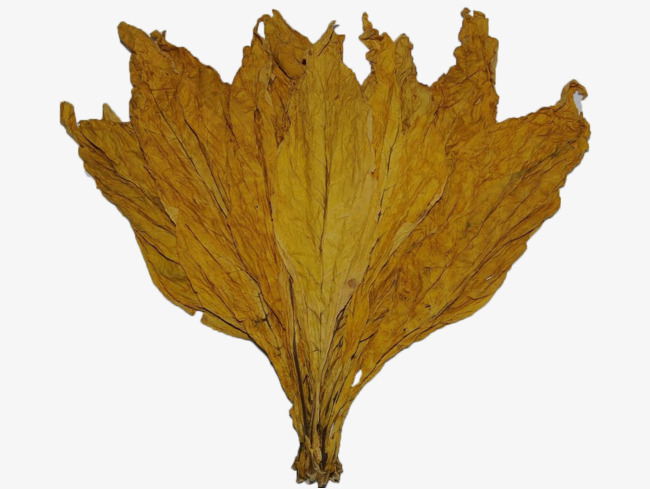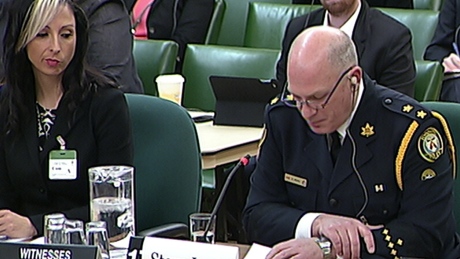“This process has forever tarnished the image of the RCMP as a Canadian icon.” The Honourable Michel Bastarache, Independent Assessor RCMP’S TOXIC CULTURE Racism, misogyny and homophobia – these are the characteristics of Royal Canadian Mounted Police (RCMP) toxic culture according to a new report released this week. The report: Broken Dreams Broken Lives was…
Continue reading…about Explosive Report Finds RCMP Toxic Culture of Racism, Misogyny & Homophobia




